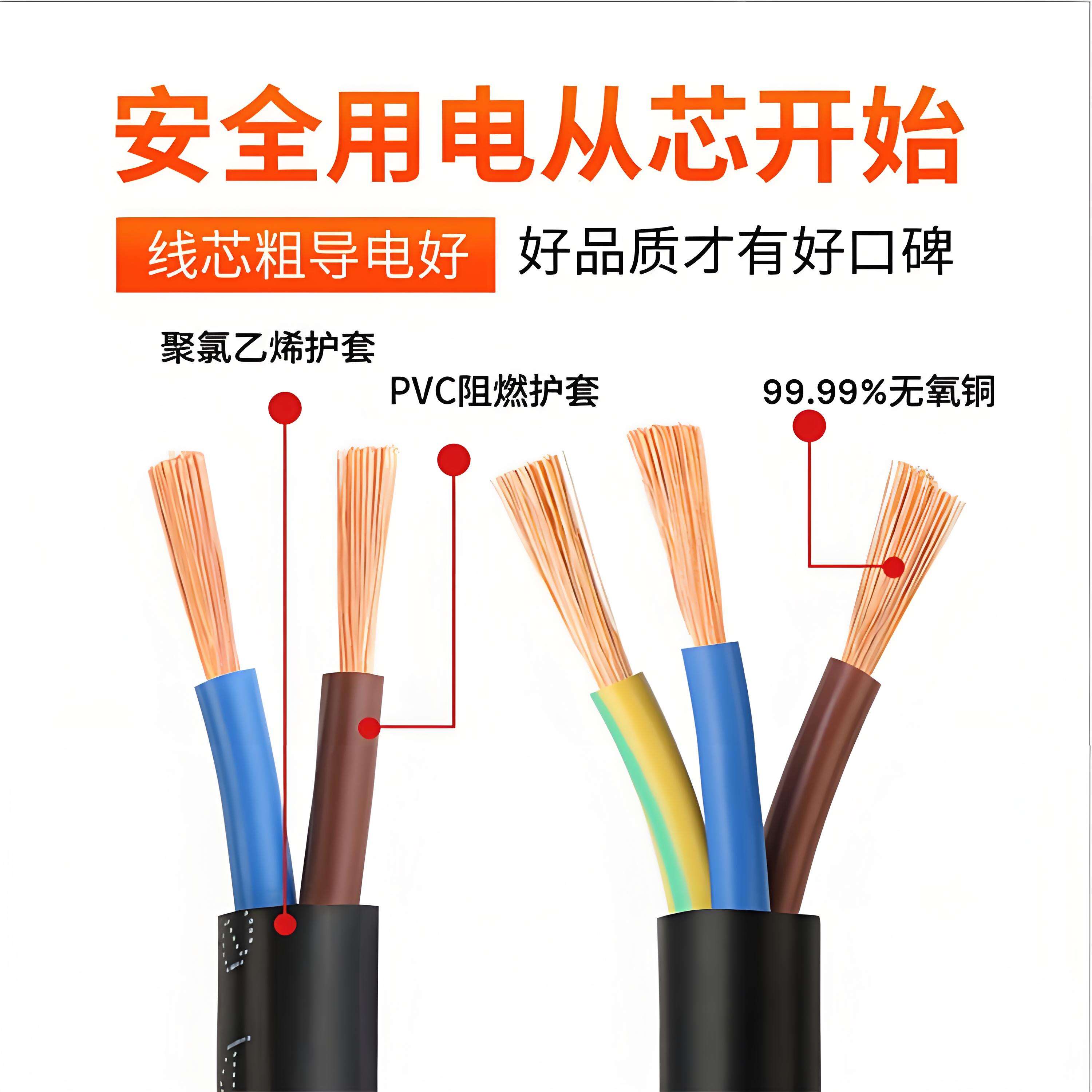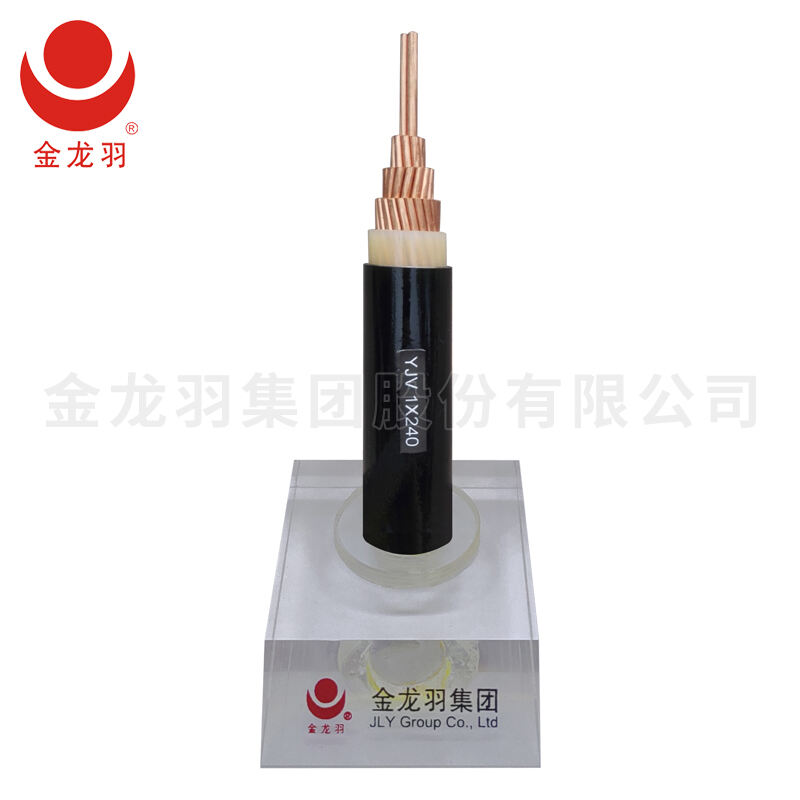Hochspannungsleitungen bieten der elektrischen Energiewirtschaft zahlreiche Vorteile, indem sie eine effiziente und zuverlässige Fernübertragung von Elektrizität ermöglichen. Einer der wichtigsten Vorteile ist ihre Fähigkeit, große Mengen an elektrischer Energie über lange Strecken mit minimalen Verlusten zu übertragen. Durch den Betrieb bei hohen Spannungen kann der Stromfluss durch die Leitungen reduziert werden, was wiederum die Widerstandsverluste (I²R-Verluste) in den Leitern verringert. Dies ermöglicht es, Energie von Erzeugungsquellen, wie Kraftwerken, zu entfernten Transformatorstationen und Endverbrauchern effizienter zu übertragen, wodurch Energie gespart und Betriebskosten gesenkt werden. Hochspannungsleitungen tragen auch zur Kompaktheit der elektrischen Netzinfrasstruktur bei. Da sie mehr Energie in einer einzigen Leitung übertragen können, werden für eine bestimmte Übertragungsleistung weniger Leitungen benötigt im Vergleich zu Niederspannungssystemen. Dadurch wird der dafür benötigte Raum für Leitungen reduziert, was das Planen und Bauen von Übertragungsnetzen, insbesondere in städtischen Gebieten oder Gebieten mit begrenztem Nutzungsrecht, erleichtert. Darüber hinaus sind Hochspannungsleitungen mit robuster Isolierung und Schutzschichten ausgestattet, um den höheren elektrischen Belastungen standzuhalten, die mit hohen Spannungen einhergehen, und so die Langzeitzuverlässigkeit und Sicherheit des Übertragungssystems zu gewährleisten. Sie sind essenziell für einen stabilen und effizienten Energieversorgungsunterstützung, wodurch wirtschaftliche Entwicklung gefördert und die steigende Nachfrage nach Elektrizität weltweit befriedigt wird.


